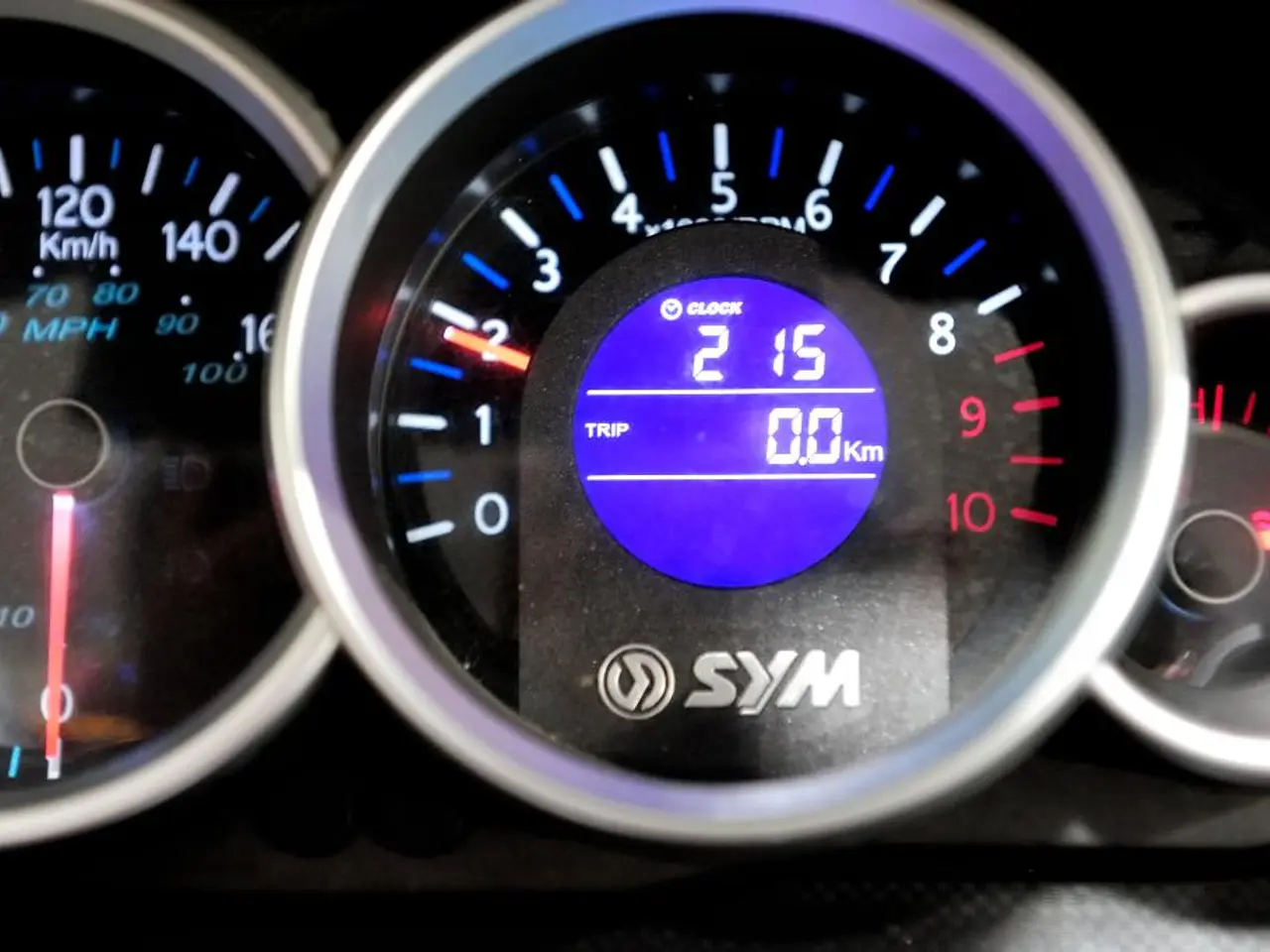Business sector specializing in transportation and warehousing preparing for expansion period
Vietnam's logistics sector is on the brink of a significant transformation, as recently issued strategic resolutions are set to enhance logistics infrastructure, regional connectivity, and digital transformation. Here's a closer look at the key points of these resolutions:
**Regional Master Planning and Infrastructure Development**
The resolutions aim to reshape regional master planning to develop logistics infrastructure, addressing long-standing bottlenecks and improving connectivity. Investments in key infrastructure projects, such as prioritized expressway developments, are expected to reduce transit times and costs.
**Integration of Technology and Digital Transformation**
The resolutions emphasise the importance of digital transformation in logistics. Enterprises like Bee Logistics are advancing digital capabilities to support sustainable development. Integrating digital technologies will enhance operational efficiency and management in logistics.
**Promotion of Green Investment and High Technology**
The resolutions encourage the adoption of green technologies and high-tech solutions to improve logistics operations and reduce environmental impact. This approach aligns with Vietnam's broader strategy to develop a knowledge-based economy.
**Public-Private Partnerships and Human Resource Development**
Effective public-private collaboration is encouraged to reduce fiscal pressure and enhance project flexibility, including in infrastructure development. There is a focus on developing high-quality human resources, particularly in sectors related to logistics and technology.
**Multimodal Connectivity and Urban Planning Alignment**
The resolutions aim to improve multimodal connectivity by linking transportation modes (road, rail, air, water) with urban planning and industrial zones to optimise logistics and passenger flows. This integration is crucial for maximising the efficiency of Vietnam's logistics sector and supporting regional development.
These strategic resolutions are designed to address structural imbalances and rising logistical pressures, positioning Vietnam for significant growth in the logistics sector by aligning with global market trends and free trade agreements.
**Industry Players Respond**
VIMC is partnering with leading global shipping companies to boost international maritime connectivity. Vietnamese freight forwarder Bee Logistics has re-evaluated its medium-term development strategy towards 2030 to align with new government policy directions. In March, Bee Logistics inaugurated the Bee Distribution Centre, a modern logistics hub in the central region, equipped with advanced technology for optimising warehousing and supply chain activities.
Vu Ho Ninh, director of the northern region at Bee Logistics, stated that the company's expansion is crucial for extending reach and improving regional connectivity. VIMC is prioritising the attraction of strategic investors and financial partners to participate in large-scale seaport projects.
**Looking Ahead**
VIMC plans to prioritise strategic infrastructure projects, including deepwater ports, international transit hubs, and inland container depots in key economic zones. The new strategy includes expanding office networks domestically and internationally. Vietnam Maritime Corporation (VIMC) is aligning its strategy with the national strategy to enhance port operations, expand logistics services, and invest in a more modern, environmentally friendly fleet.
Foreign investors are showing growing interest in Vietnam's logistics sector by developing new facilities to tap into rising demand. T&M Forwarding, another logistics player, sees the current period as a time for transformation, restructuring, and expansion, and plans to broaden service offerings, transport routes, and network of agents and partners in key markets.
VIMC aims to boost cooperation with reputable seaports and global shipping lines to expand international shipping routes and logistics markets. Resolution No.66/NQ-TW, which focuses on legal reform, is expected to help reduce risks and streamline logistics processes at Bee Logistics. Most orders at Bee Logistics are now managed through an integrated transport management system.
VIMC will invest in next-generation vessels and high-tech ships, with a focus on modernising its container fleet to increase maritime transport capacity. The company will continue to advance digital transformation, pursue green growth, and invest in infrastructure for sustainable development.
Logistics costs in Vietnam remain high, accounting for approximately 16.5% of GDP, far above the global average of 11-12%. VIMC will strive to reduce these costs through efficient infrastructure development and digital transformation. Bee Logistics plans to maintain close ties with industry associations and local authorities to stay informed about regional planning and investment policy changes.
Ninh mentioned that prioritized expressway investments, such as Lang Son-Cao Bang and Phu Tho-Tuyen Quang, can reduce transit time and operating costs for goods from new industrial parks in northern mountainous areas. As these strategic resolutions are implemented, Vietnam's logistics sector is poised for a bright future, characterised by improved efficiency, reduced costs, and enhanced regional connectivity.
Sports enthusiasts in Vietnam might find an opening in the growing logistics sector, given the emphasis on digital transformation and efficient infrastructure development. With advancements in digital technologies and smart warehousing systems, such as those implemented by Bee Logistics, there's potential for integrating sports equipment handling in logistics operations, providing both cost-effectiveness and timely delivery to sporting events or retail outlets. On the other hand, the integration of multimodal connectivity and urban planning, as outlined in the strategic resolutions, could benefit from meteorological considerations. For instance, comprehensive forecasts of weather conditions like heavy rains or typhoons could help in optimizing the transportation of goods, ensuring minimal delays and smoother logistics operations.








